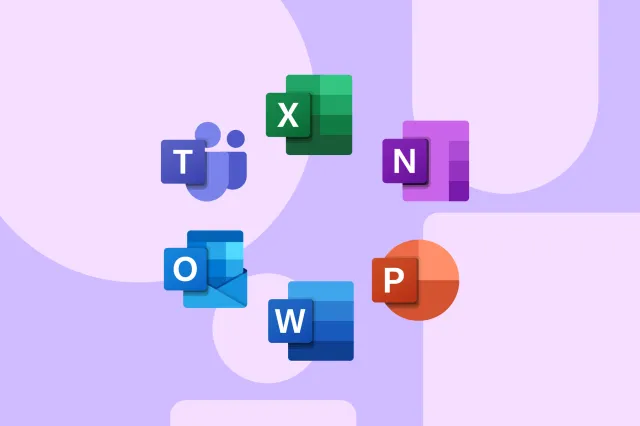Apps like Word will start up faster thanks to a new scheduled task that runs silently when you boot your PC.
Microsoft is taking a major step toward enhancing the performance of its Office applications, starting with Word. If you’ve ever been frustrated by the sluggish startup times of Word, Excel, or PowerPoint, you’ll be pleased to hear that Microsoft is rolling out a new optimization feature designed to make Office apps launch much faster. This performance boost is set to begin in May, with Word being the first beneficiary.
How Does Microsoft’s Startup Boost Work?
Microsoft’s new initiative, called Startup Boost, leverages a scheduled background task that runs silently when you boot your PC. This task preloads essential Office components in a paused state, allowing the apps to launch almost instantly when you open them.
According to Microsoft’s official statement to IT administrators:
“We are introducing a new Startup Boost task from the Microsoft Office installer to optimize performance and load-time of experiences within Office applications. After the system performs the task, the app remains in a paused state until the app launches and the sequence resumes, or the system removes the app from memory to reclaim resources.”
In simple terms, Startup Boost ensures that Word—and eventually other Office apps—are partially loaded in memory, making them ready to go the moment you click on their icons.
Who Will Benefit from Startup Boost?
While this feature is a welcome improvement for productivity, it won’t be available to everyone. Microsoft has set minimum hardware requirements to ensure a smooth experience:
- Your PC must have at least 8GB of RAM.
- There must be at least 5GB of available disk space.
Additionally, Startup Boost will automatically be disabled when Energy Saver mode is activated to prevent unnecessary battery drain on laptops and portable devices.
More Office Apps Will Follow
Word will be the first Office app to receive this performance enhancement in May, but Microsoft has confirmed that support for additional Office applications will roll out in future updates. While Microsoft hasn’t specified which apps are next in line, it’s safe to assume that popular programs like Excel, PowerPoint, and Outlook will soon benefit from similar speed improvements.
What If You Don’t Want Office to Start in the Background?

Image: Microsoft
If you’re someone who prefers to keep background processes to a minimum, don’t worry—Microsoft is providing an option to disable Startup Boost. Here’s how you can take control:
- Disable the feature from within Word: There will be an in-app option to turn off this background startup behavior.
- Manually delete the scheduled task: Advanced users can remove the scheduled task from Windows Task Scheduler, but be aware that Microsoft’s Office installer will recreate the task during future updates. So, the best way to manage this feature is through Word’s settings.
Why Microsoft’s Approach Stands Out
Scheduled tasks are not a new concept, but they aren’t widely used by most application developers. Microsoft, however, frequently utilizes scheduled tasks in Windows to optimize system performance. Google also employs a similar approach for Chrome’s automatic updater, and many PC manufacturers (OEMs) use scheduled tasks to update drivers and system components.
That said, most software developers—including Adobe Creative Suite and other major productivity software—rely on traditional startup entries in Windows, which are easier to manage and disable through the Task Manager. Microsoft’s move to integrate Startup Boost as a scheduled task allows for a more seamless and lightweight approach to performance optimization.
Final Thoughts: A Smart Move for Microsoft Office Users
For those who use Office apps regularly, this speed boost could be a game-changer, significantly improving workflow efficiency. By preloading key elements of the software into memory at system startup, Microsoft is ensuring that Office apps respond faster and feel snappier.
As with any performance optimization feature, there will be users who prefer to keep things manually controlled, but Microsoft has struck a good balance by making Startup Boost optional. If you’re eager for faster load times in Word, be on the lookout for this feature starting in May—and stay tuned for even more enhancements in future Office updates!










